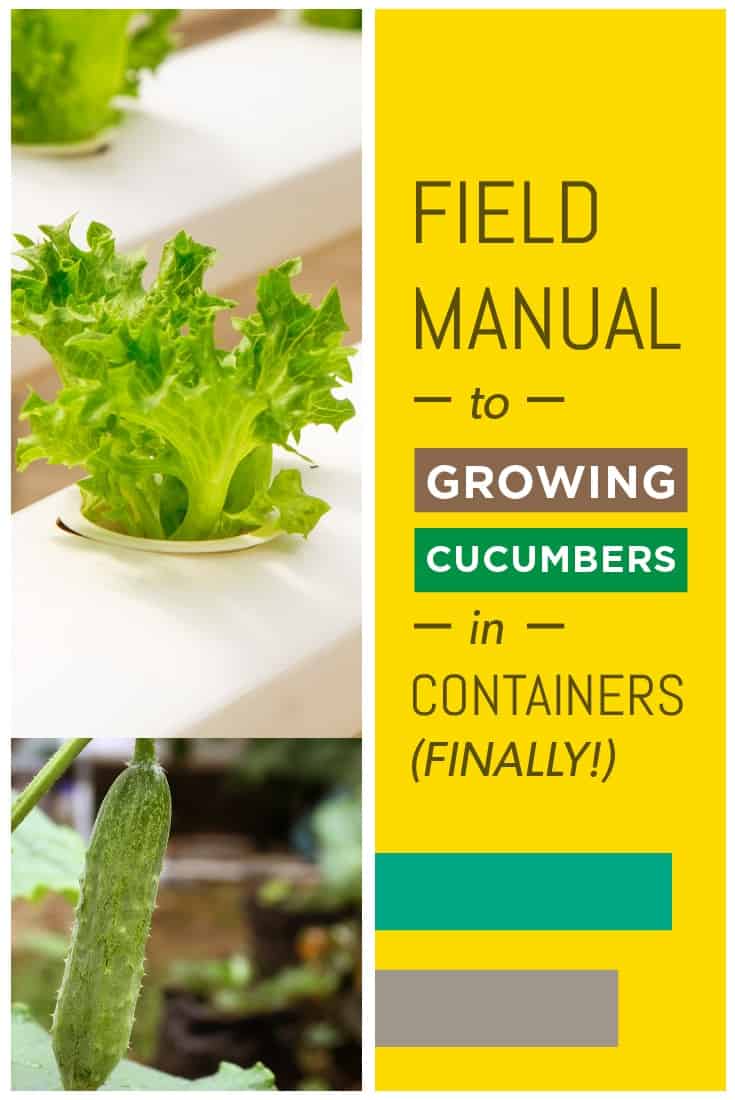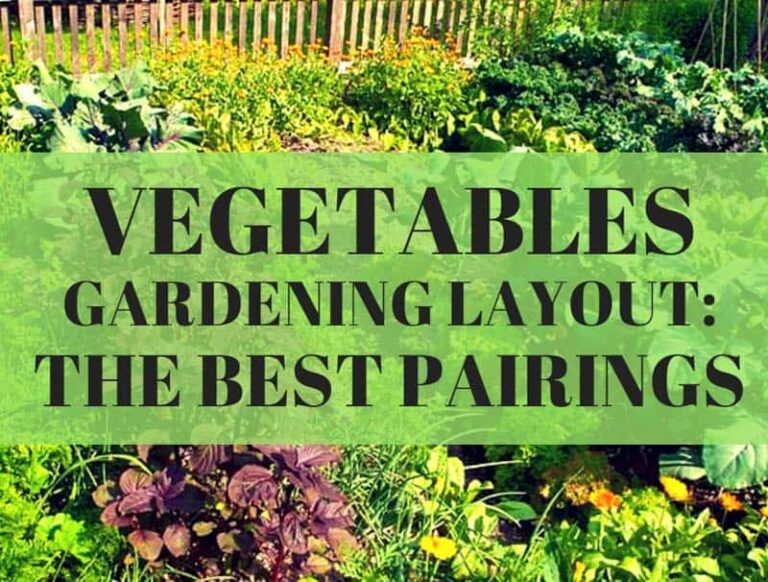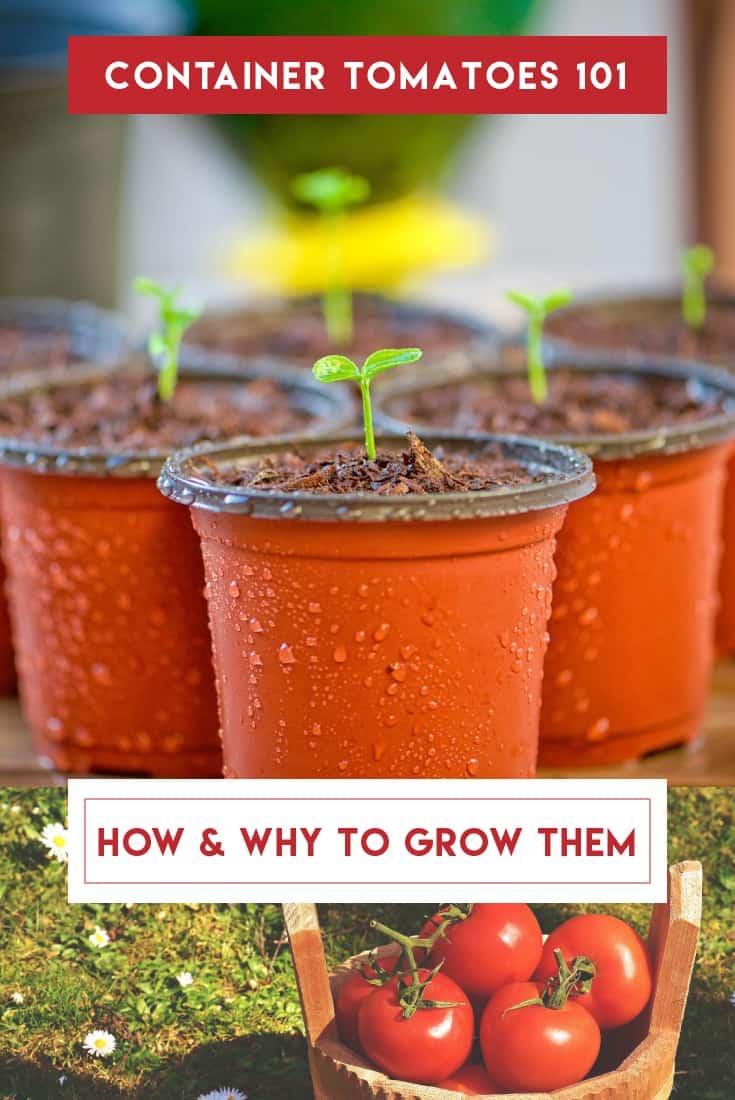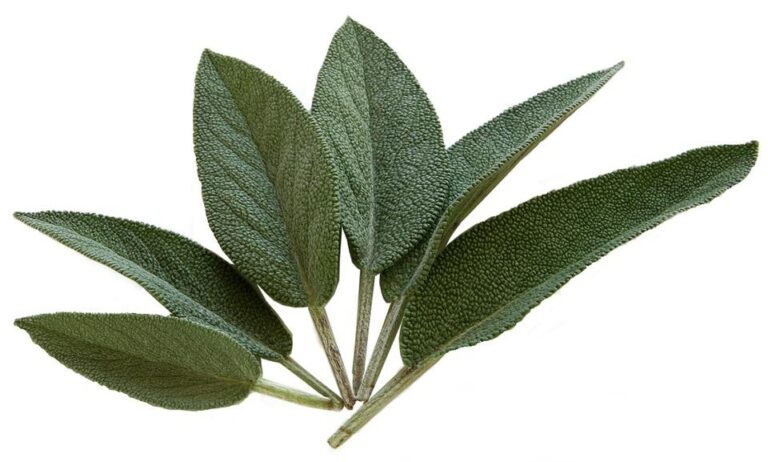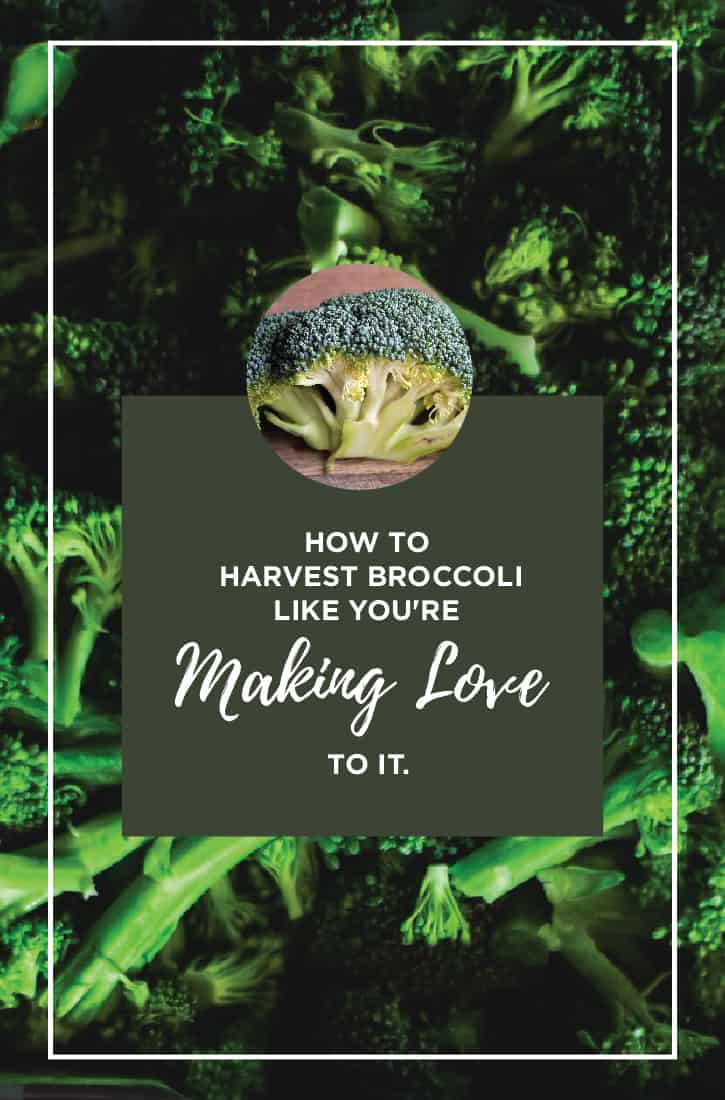A Quick Guide to Growing Onions Indoors
When growing onions indoors, make sure your plants have enough space and light. Onion plants need six to ten inches of depth for proper root growth and bulb formation. Leave three inches between each onion plant. Scallions or smaller varieties can be planted more closely together.

Onion plants need between 12 to 16 hours of light, varying by whether they are long-day or short-day onions. Supplement sunlight with artificial light if needed. While you can start with onion seeds or sets, you can easily turn leftover onion bulbs or sprouted onions from your kitchen into an indoor garden.
Table of Contents
Choosing a Type of Onion
Onions are hardy plants and easy to grow inside. Green onions, or scallions, are popular with indoor and casual gardeners because of how easily they grow. Bulb onions require a little more space than scallions but can be grown in pots, containers, and even plastic water bottles.
When choosing a type of onion, your location is the main factor to consider. There are two main types of onion, and this has nothing to do with variety or taste: long-day and short-day onions.
Long-day means the onions need 14 to 16 hours of daylight to form bulbs. Short-day varieties need 12 to 14 hours of sun each day. Fortunately, you don’t need to calculate how many hours of sunlight your yard receives each day. Just look at your latitude.
Climates above the 35th parallel are cold, but actually, have longer days in spring and summer. Below the 35th parallel, the weather is warmer but days have fewer hours of sunlight. If you live up north, choose a long-day onion, and in the south, stick with short-day plants.
Now there are also day-neutral onions on the market, an alternative for any location.
What You’ll Need to Get Started
Here are a few of the supplies you need to grow onions indoors:
- a container
- soil (or just water)
- onion seeds, onion sets, or onion scraps from your kitchen
- additional light source (optional)
Choosing a Container
Onions need containers that are six to ten inches deep. The width of the container is up to you and the space you have available.
While it’s not impossible for onions to grow in containers shallower than six inches, the depth affects quality and size. Deeper containers allow for more root growth and space for the bulbs to expand. Even if you’re growing giant onions indoors, you don’t need a container more than ten inches deep.
Feel free to get creative with your indoor onions. You can grow single onions in a plastic bottle, as shown in this quick tutorial below:
It’s also possible to grow enough onions to make up a small garden in just a plastic bottle. Bottle onion growers with holes along the sides have gained popularity for their aesthetics and novelty. You can try this for yourself with a five-liter bottle and some spring onion bulbs.
Soil for Growing Onions
Onions aren’t particularly picky when it comes to soil. Most nutrient-rich soils will be enough for onion plants. A simple potting mix will usually be enough.
While onions grow fine in most soils, they will struggle if the soil is too acidic. The pH level of your soil should be 6.5 or higher for onions. If the pH is too low, you can use ground limestone to decrease the acidity.
If you want to give your onions a little more care, consider using a nitrogen-rich fertilizer. Onions thrive on nitrogen, which can increase the quality and size of your bulbs. Fertilizers containing ammonium sulfate or ammonium nitrate are healthy for onion plants.
Going without Soil
As we’ve seen in the plastic bottle tutorial, it is possible to grow onions in just water. Soil will provide onions plants with more nutrients, but if you’re just looking for convenience, stick onion sprouts or bulbs into a glass of water and watch them grow.
Here’s a video demonstrating how easy it is to grow green onions in water. The gardener compares green onions grown in soil with plants grown in only water.
Despite the results of this quick experiment, we wouldn’t completely discount the power of soil and a good fertilizer.
Onion Seeds or Starter Plants
Just like you would find in a garden, you can grow onions indoors from seeds or onion sets. However, you might find all the ingredients you need among your kitchen leftovers.
We typically cut off and discard the end of an onion, where the roots would grow. Instead of throwing this part away, place it in water or moist soil and let it sprout.
Sometimes onions begin to sprout on their own. If you find onion sprouts in your pantry, consider it a head start for your indoor garden! Carefully cut any onion flesh away from the sprout. Then plant it in your container and water.
Green onions grow especially well without much care. To start growing green onions you can use vegetables purchased from your local grocery store. As in the video above, save the bottom of the plants, taking care not to damage the white part of the stalk or the roots. Place these in soil or water and watch them grow.
Onion Seeds and Sets
If you’re going the traditional route and starting with onion seeds, sow them in a container of your choice. The size of this first container isn’t important because your goal is to let the seeds germinate. You can choose one container for all of your onion seeds, or use a partitioned container to keep them separate.
If using a partitioned container, place at least two seeds in each cell to ensure at least one seed will germinate. Otherwise, in a large container, spread seeds evenly in the soil and then a light layer of soil on top.
Onion sets are small, immature onions used for growing. Like seeds, you can place them in a partitioned container, one set per cell, or space them out in a wider container. Even though they have more form than seeds, it’s best to let them sprout and grow for a bit before giving them more space.
Allow the seeds to germinate, or your onion sets to sprout. Let them grow for about four to six weeks or until the plants are around three inches high. If you have too many, choose the healthiest plants and move them to a container that is six to ten inches deep.
Enough Light for your Onions
When growing onions indoors, space is usually the biggest concern. However the next part you need to worry about is light.
Onions are sensitive to light cycles, meaning they need a certain amount of light each day to bulb at the appropriate time. We know onions need 12 to 16 hours of light a day, depending on their type.
In the winter or late fall, it may be impossible to get this much sunlight. Plants indoors nearly always get less sunlight than outdoor plants.
You can get your onions the necessary amount of light by supplementing with artificial light. Fluorescent and incandescent lights are enough, but there are also a variety of grow lights available. Don’t forget that plants also need dark hours to mimic the day-night cycle, so don’t leave your lights on 24/7.

